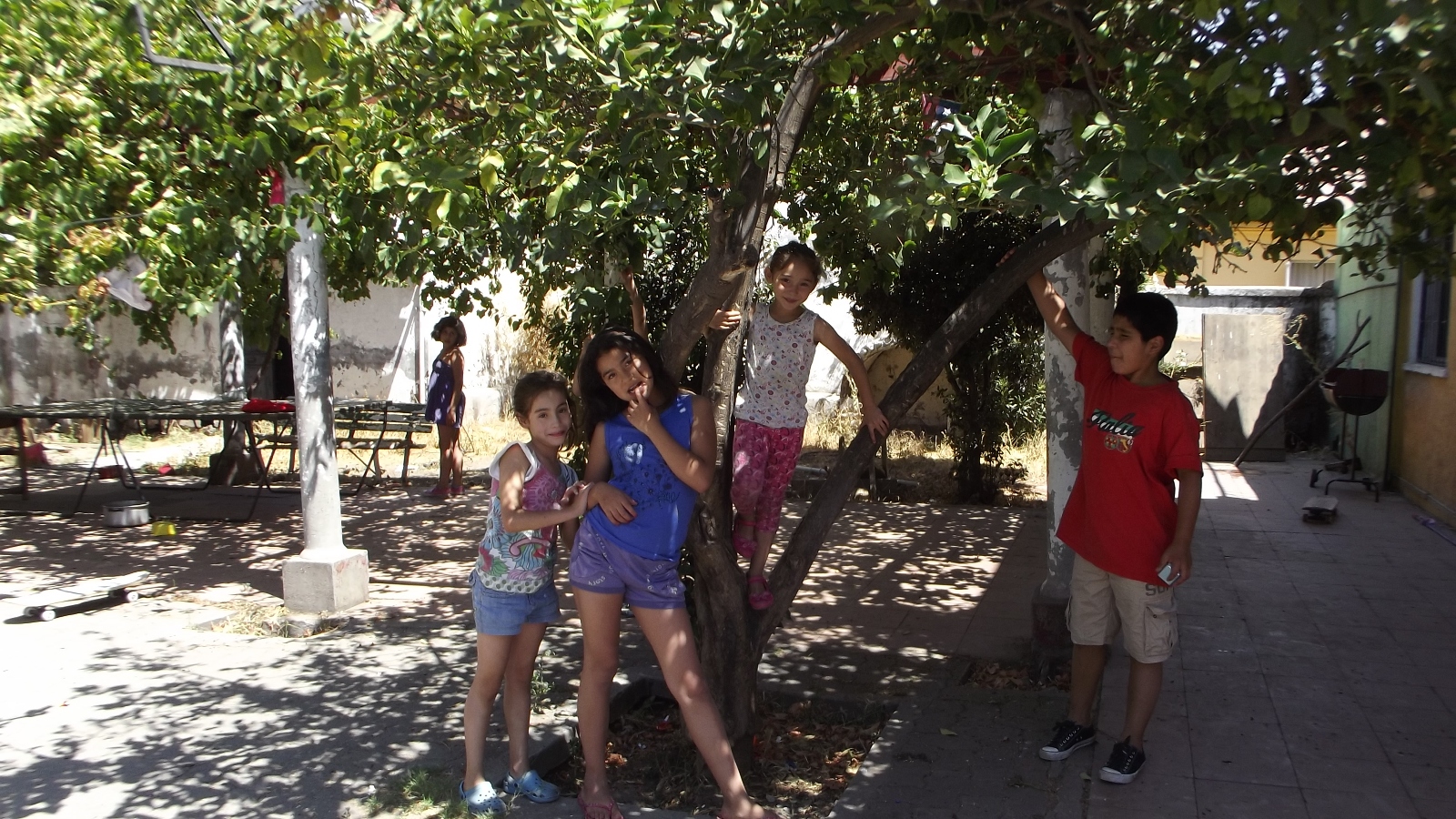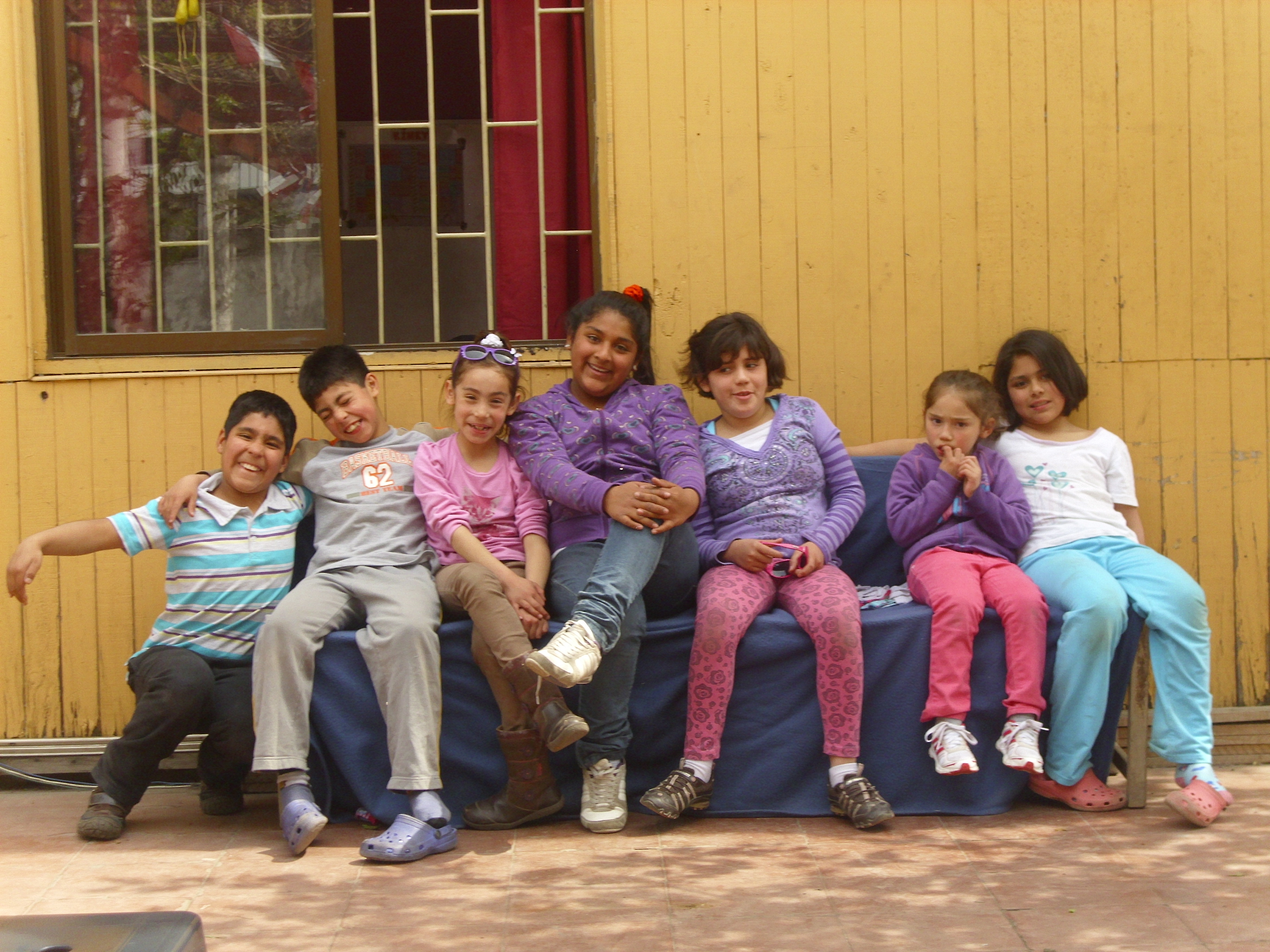Santiago is a microcosm of the social fragmentation that exists in all of Chile
.jpg?width=800)
Santiago de Chile is the country’s capital and has a population of over 6.7 million. The city has been expanding and modernising steadily over the past decades and is one of the most important financial and commercial centres in South America.
While poverty has been significantly reduced in the last decades, Santiago continues to be a divided city. The new middle-class suburbs in the south stand in sharp contrast to the many poor neighbourhoods sprawling along the outskirts of the city’s north. Due to its rapid expansion, the city also experienced problems such as critical levels of smog, collapsing transportation systems and, not least, great socioeconomic inequality which led to fragmentation both socially and geographically.
Poverty hits children harder than anyone, and seriously endangers their future
According to official figures, poverty in Chile was reduced from 18.7 per cent in 2003 to around 11 per cent in 2011. In Santiago, the percentage of people living below the national poverty line is 10.4 overall, but in some areas of the city it is as high as 20 per cent or more, while in others it is as low as two per cent.
Children living in such poor neighbourhoods are particularly vulnerable to a great number of dangers. They may be expected to contribute to the family’s income; child labour interferes with education which, in turn, means that the child is unlikely to improve their economic and societal status as an adult. Thus the cycle of poverty is perpetuated.
In poor neighbourhoods, crime rates and drug abuse are also high, especially amongst adolescents. In a UNICEF survey, young people in Santiago stated that they viewed economic necessity and drug addiction as the main reasons leading to crime. Likewise, a large majority of them stated that education would be the most important factor to help change this.
What we do in Santiago-Los Aromos
-eine-Familie.jpg?width=800)
Santiago-Los Aromos (previously known as Los Aromos) was the second SOS Children's Village programme to begin work in Santiago, in 1978, on the outskirts of the city. The other SOS Children's Village, Madreselvas, is located just two kilometres from Los Aromos. In Santiago there is also a social centre that offers a family strengthening programme, which aims to alleviate hardship in the community in a holistic and sustainable manner.
Three SOS families can provide a loving home to children. In each family, the children live with their brothers and sisters and are affectionately cared for by their SOS mother. The family homes are integrated into the community and the children who grow up here attend schools in the vicinity.
When young people from the children’s village are ready to leave their family in order to complete their secondary education or vocational training, our SOS Youth Programme makes shared accommodation available for them. Young people from the children’s villages Madreselvas and Los Aromos come and live here together. With the support of qualified counsellors, they learn to take responsibility, plan their future and prepare for independent adult life.